Hire Data Scientists vs No-Code AI: Tech Leader's Guide
Tech leaders face a critical decision: hire data scientists or implement no-code AI solutions? This comprehensive guide examines costs, capabilities, and strategic implications to help you choose the right approach for your organization's AI transformation journey.

The Modern AI Implementation Dilemma
Technology leaders today face an unprecedented choice that could define their company's competitive future. The decision to hire data scientists versus adopting no-code AI platforms represents more than just a budget consideration—it's a strategic fork in the road that impacts innovation speed, operational flexibility, and long-term capabilities.
Recent industry surveys reveal that 73% of executives consider AI implementation their top priority for 2025, yet only 35% have successfully deployed meaningful AI solutions. This gap stems largely from the complexity of traditional data science approaches and the emerging promise of democratized AI tools.
The rise of no-code platforms has fundamentally challenged the assumption that organizations must hire data scientists to access AI capabilities. Companies now question whether expensive talent acquisition is necessary when drag-and-drop tools promise similar outcomes at fraction of the cost and time investment.
Market Forces Driving This Decision
Current market dynamics intensify the pressure on tech leaders to make informed choices. Data scientist salaries have reached $130,000+ annually for mid-level professionals, while no-code AI platforms offer subscription models starting under $100 monthly. This cost differential forces organizations to carefully evaluate their actual needs versus perceived requirements.
Understanding No-Code AI Capabilities and Limitations
No-code AI platforms have evolved significantly, offering sophisticated machine learning capabilities through intuitive interfaces. These tools excel at common use cases like customer segmentation, predictive analytics, and automated reporting. Business users can build functional AI models without understanding underlying algorithms or programming languages.
However, no-code solutions operate within predetermined frameworks and templates. While they handle standard business problems effectively, they struggle with unique challenges that require custom approaches. Organizations with complex data ecosystems or specialized requirements often find no-code platforms insufficient for their needs.
The speed advantage of no-code platforms is undeniable. Teams can deploy basic AI models within days rather than months required for traditional data science projects. This rapid deployment capability appeals to organizations facing competitive pressure or regulatory deadlines.
Real-World Performance Benchmarks
Industry analysis shows no-code AI platforms achieve 70-80% accuracy rates for standard classification tasks, while custom solutions built by experienced data scientists typically reach 85-95% accuracy. This performance gap matters significantly for applications where precision directly impacts revenue or risk management.
When Organizations Should Hire Data Scientists
Companies dealing with unique data challenges or requiring cutting-edge AI capabilities should prioritize hiring data scientists over no-code solutions. Complex problems like natural language processing, computer vision, or advanced recommendation systems demand expertise that automated tools cannot replicate.
Organizations with substantial data infrastructure investments benefit most from dedicated data science talent. When companies hire data scientists, they gain professionals who can optimize existing systems, integrate disparate data sources, and develop custom algorithms tailored to specific business contexts.
The strategic value of data scientists extends beyond model building to include data strategy, infrastructure design, and cross-functional collaboration. These professionals help organizations avoid common pitfalls and build sustainable AI capabilities that evolve with business needs.
Industry-Specific Considerations
Healthcare, finance, and manufacturing industries often require specialized domain knowledge that no-code platforms cannot provide. Companies in these sectors typically find better long-term value when they hire data scientists with relevant industry experience and regulatory understanding.
Cost Analysis: Total Ownership Considerations
The apparent cost advantage of no-code AI platforms becomes less clear when examining total ownership expenses. While subscription fees remain low, organizations often need multiple platforms to address diverse use cases, creating unexpected cost accumulation over time.
When companies hire data scientists, the initial salary investment is substantial, but these professionals can address multiple business challenges and adapt solutions as requirements evolve. The flexibility of human expertise often provides better value for organizations with diverse or changing AI needs.
Hidden costs in no-code implementations include data preparation time, integration challenges, and ongoing maintenance requirements. Many organizations underestimate these expenses, leading to budget overruns that eliminate the initial cost advantages of automated solutions.
ROI Timeline Comparison
No-code AI solutions typically show positive ROI within 6-12 months for straightforward use cases. Organizations that hire data scientists usually see ROI within 12-18 months, but the returns often compound more significantly over time due to the cumulative value of custom solutions and institutional knowledge.
Hybrid Approaches: The Middle Ground Strategy
Progressive organizations increasingly adopt hybrid models that combine no-code tools with dedicated data science expertise. This approach allows rapid deployment of standard solutions while maintaining capability for complex, custom development when needed.
Teams that hire data scientists to oversee no-code implementations often achieve superior results compared to purely automated approaches. Data scientists can validate model outputs, optimize performance, and ensure solutions align with broader business objectives and technical architecture.
The hybrid model also addresses skill development within organizations. Business users gain familiarity with AI concepts through no-code tools, while data scientists focus on high-value challenges that require specialized expertise.
Implementation Best Practices
Successful hybrid approaches typically start with no-code solutions for proof-of-concept development, then transition to custom solutions for production deployment. This strategy minimizes risk while building organizational confidence in AI capabilities.
Strategic Decision Framework
Technology leaders should evaluate several key factors when choosing between hiring data scientists and implementing no-code AI. The complexity of business problems, available internal expertise, timeline requirements, and long-term strategic goals all influence the optimal approach.
Organizations with simple, well-defined use cases often succeed with no-code platforms, especially when speed to market is critical. Companies facing complex analytical challenges or requiring competitive differentiation through proprietary algorithms typically benefit more when they hire data scientists.
The decision also depends on organizational maturity and existing technical capabilities. Companies with strong engineering teams can leverage data scientists more effectively, while organizations lacking technical infrastructure may find no-code solutions more practical initially.
Risk Assessment Considerations
No-code platforms reduce implementation risk but increase vendor dependency and limit customization options. Hiring data scientists involves higher talent acquisition risk but provides greater strategic flexibility and competitive advantage potential.
Future Trends and Technology Evolution
The landscape continues evolving as no-code platforms become more sophisticated and data science tools become more accessible. Large language models and automated machine learning are blurring traditional boundaries between automated and expert-driven approaches.
Organizations that hire data scientists today position themselves to leverage emerging technologies more effectively. These professionals can adapt to new tools and methodologies, ensuring sustained competitive advantage as the AI landscape evolves.
The convergence of no-code tools and traditional data science suggests future solutions will combine the accessibility of automated platforms with the sophistication of custom development. Forward-thinking organizations prepare for this convergence by building both technical expertise and user familiarity.
Conclusion
The choice between hiring data scientists and implementing no-code AI solutions depends on organizational context, strategic goals, and resource constraints. No-code platforms excel for rapid deployment of standard solutions, while data scientists provide the expertise needed for complex, differentiated AI capabilities.
Most successful organizations will ultimately adopt hybrid approaches that leverage both automated tools and human expertise. The key is understanding when each approach provides optimal value and building organizational capabilities that can evolve with advancing technology. Smart tech leaders recognize this decision isn't binary—it's about creating the right combination of tools and talent to achieve sustainable AI success.

_sleepyfellow_Alamy.jpg?width=1280&auto=webp&quality=80&disable=upscale#)




























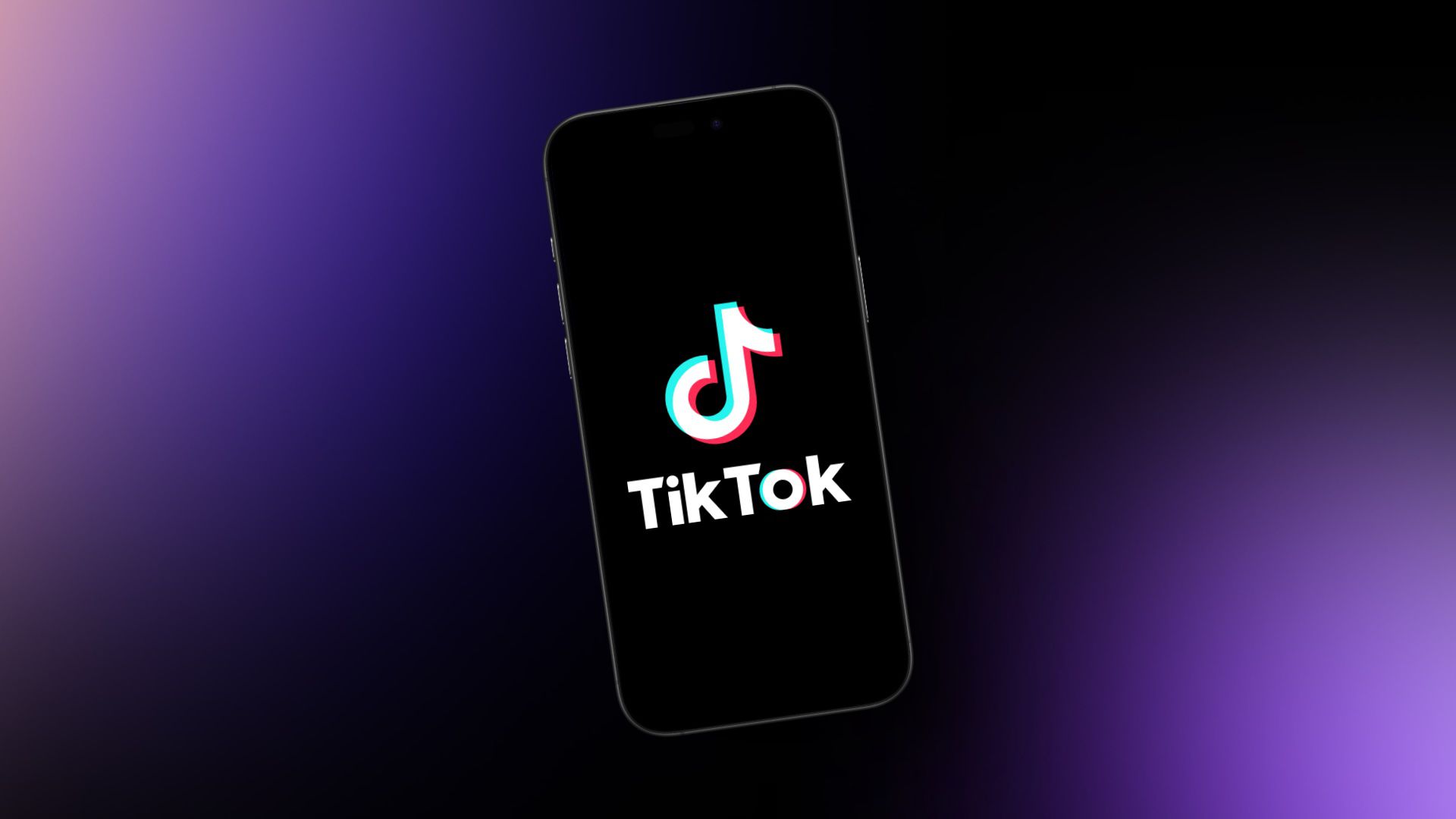


























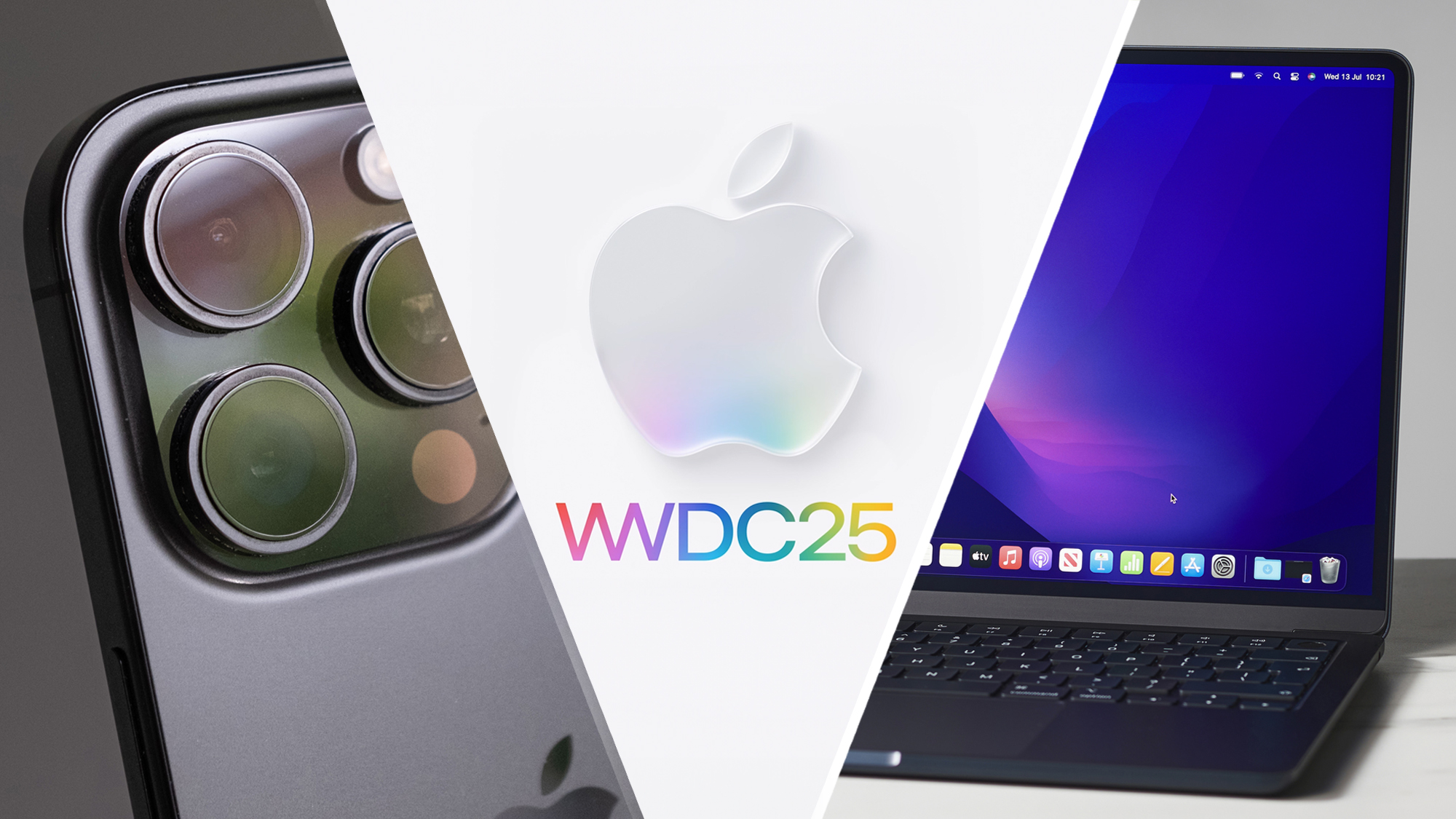















![watchOS 26 May Bring Third-Party Widgets to Control Center [Report]](https://www.iclarified.com/images/news/97520/97520/97520-640.jpg)

![AirPods Pro 2 On Sale for $169 — Save $80! [Deal]](https://www.iclarified.com/images/news/97526/97526/97526-640.jpg)













































































































_Michael_Vi_Alamy.jpg?width=1280&auto=webp&quality=80&disable=upscale#)






























































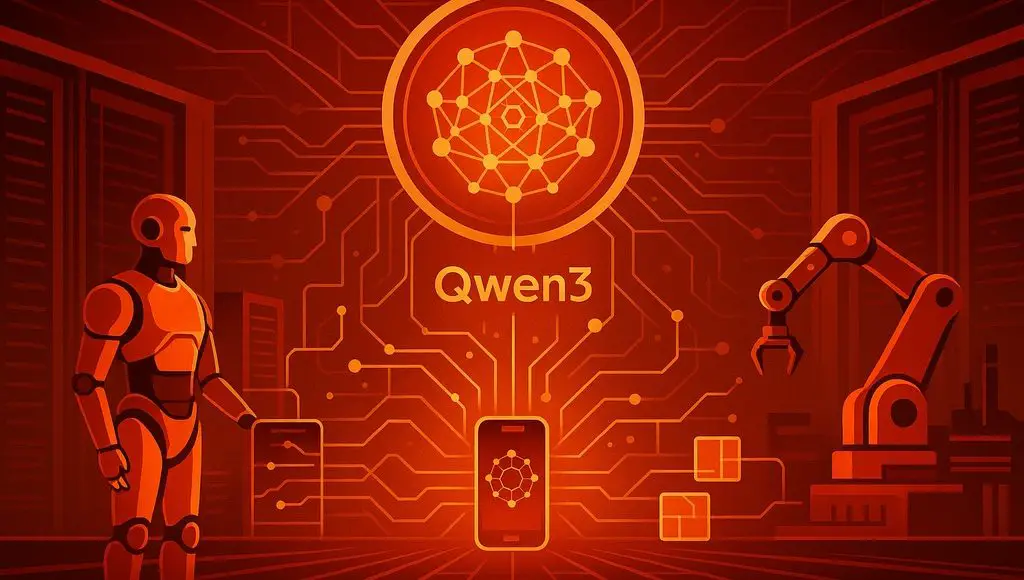



















































![[The AI Show Episode 151]: Anthropic CEO: AI Will Destroy 50% of Entry-Level Jobs, Veo 3’s Scary Lifelike Videos, Meta Aims to Fully Automate Ads & Perplexity’s Burning Cash](https://www.marketingaiinstitute.com/hubfs/ep%20151%20cover.png)











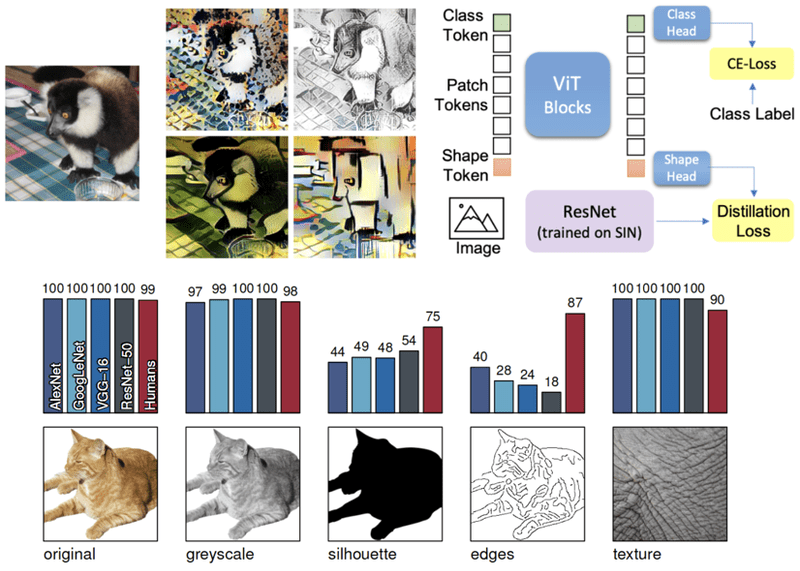




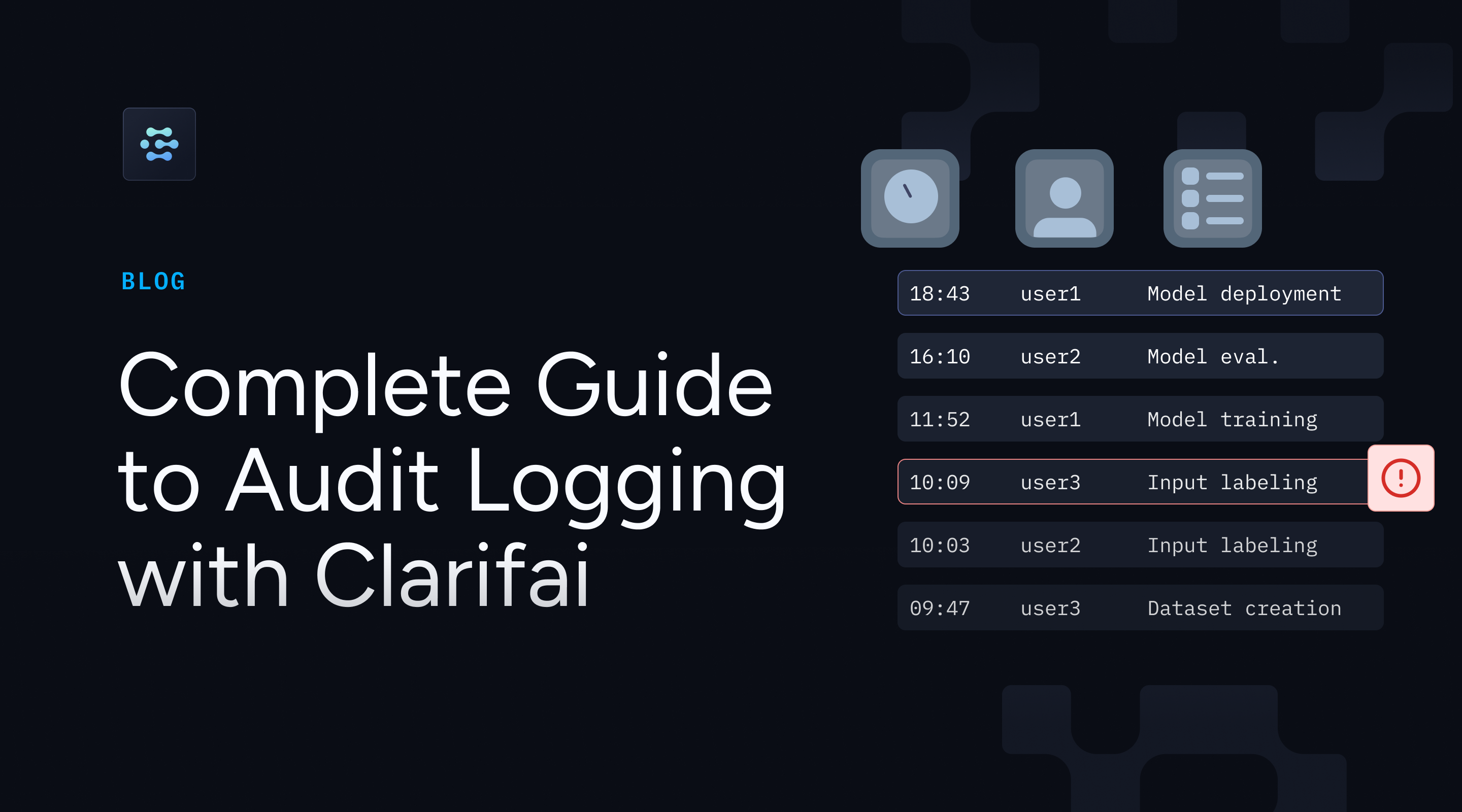







































































































































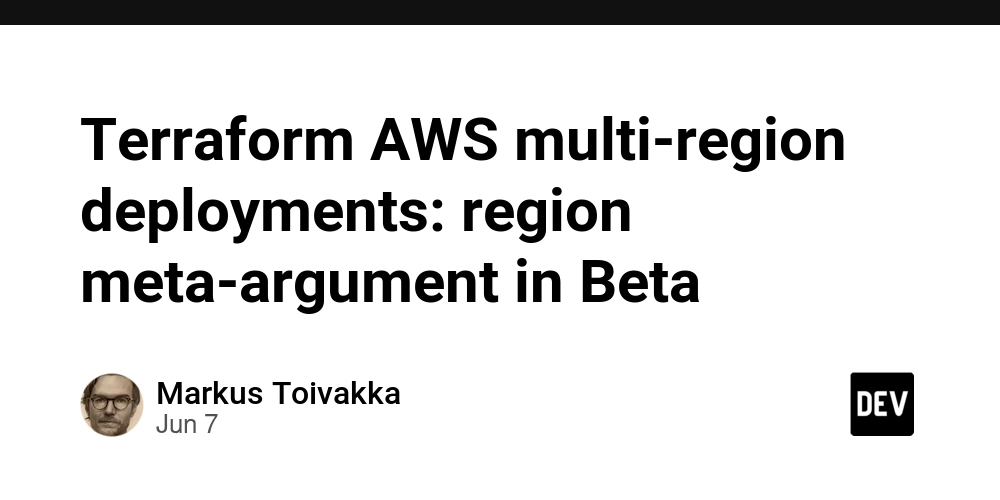
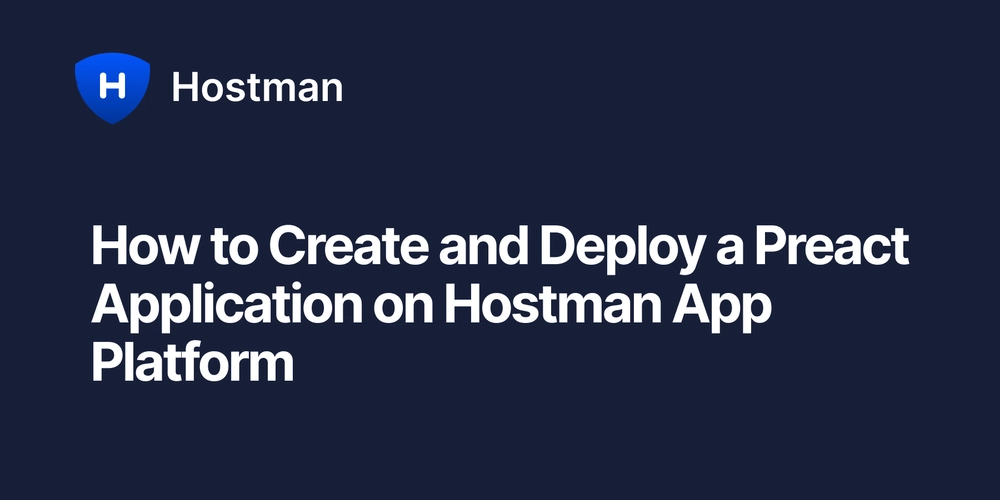




![From electrical engineering student to CTO with Hitesh Choudhary [Podcast #175]](https://cdn.hashnode.com/res/hashnode/image/upload/v1749158756824/3996a2ad-53e5-4a8f-ab97-2c77a6f66ba3.png?#)


![[FREE EBOOKS] Solutions Architect’s Handbook, Continuous Testing, Quality, Security, and Feedback & Four More Best Selling Titles](https://www.javacodegeeks.com/wp-content/uploads/2012/12/jcg-logo.jpg)

























































































